Does anxiety keep you from living life to its fullest? Do you see other people doing things that scare you with seeming ease and comfort?
Anxiety is a common and normal part of life. Everyone feels anxiety at some point--butterflies in your stomach, weak knees, shaking--in the face of any number of real or perceived threats. Often, feeling nervous, anxious, worried, or panicky is just a nuisance. Anyone might scream at the sight of a spider or tremble when standing on a cliff, but for some people, anxiety is a life-disrupting force. It might come in the form of a vague feeling of discomfort, or it might be a fear of something specific.
If your anxiety is causing problems in your life, keep reading to find some recommendations for self-help resources that can help you reduce those feelings.


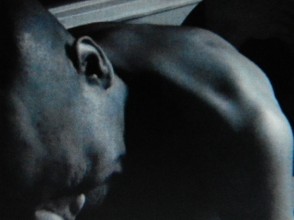

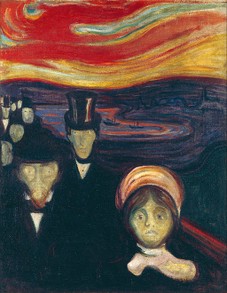









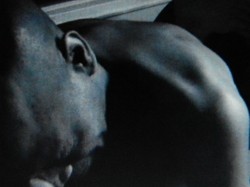


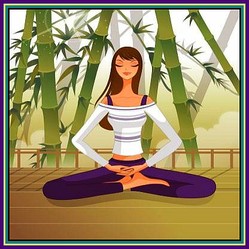
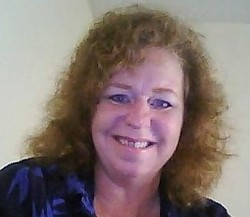
Comments
Very informative,,, thank you